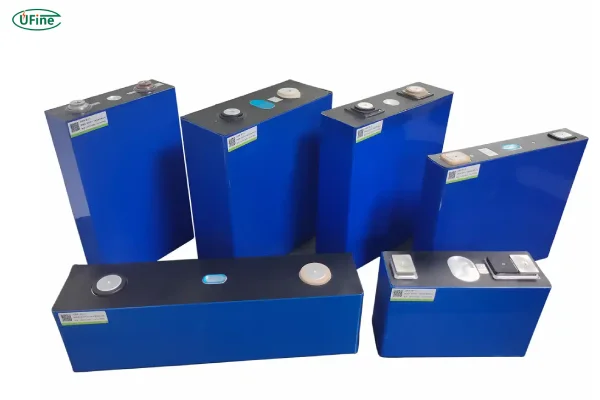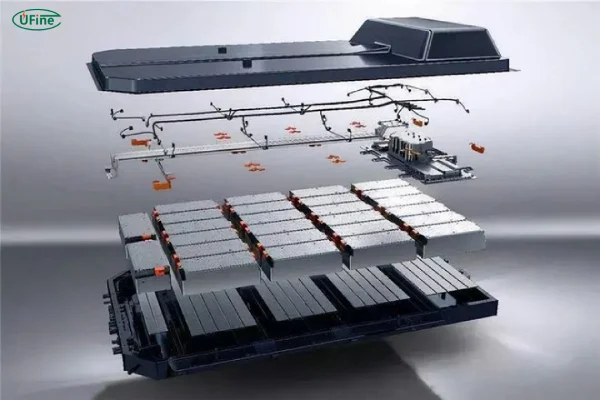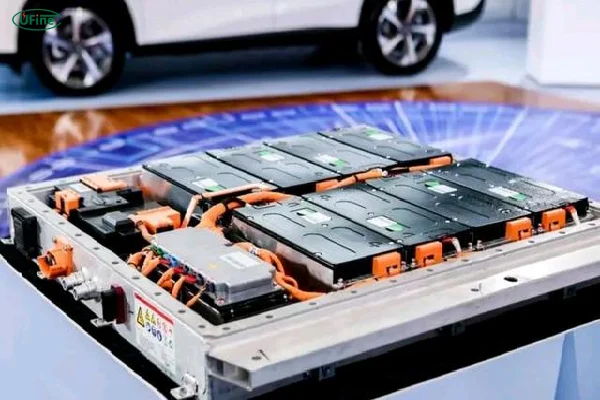Part 1. The global growth of LFP batteries in 2024
In recent years, lithium iron phosphate (LFP) batteries have become one of the most exciting developments in the battery industry. Known for their safety, affordability, and durability, they are widely used in electric vehicles (EVs) and energy storage systems. As the world moves towards cleaner energy, LFP batteries have started dominating markets not only in China but also globally. Let’s take a closer look at how this market has evolved in 2024 and what lies ahead.
Part 2. China’s leading role in LFP batteries
China has played a crucial role in the rise of LFP batteries. Between January and November 2024:
- Total battery installations in China reached 473 GWh, a major milestone in the industry.
- Out of this, 348 GWh were LFP batteries, making up 73.6% of the total market.
This means nearly three-quarters of all installed batteries were LFP. Compare this to ternary lithium batteries, which accounted for just 26% of the market, or 124.7 GWh.
What’s even more impressive is the growth rate. LFP batteries saw a 51.5% increase compared to the same period in 2023. In contrast, ternary lithium batteries grew by just 13.7%. This data shows that LFP batteries are outpacing their competitors by a significant margin.
Part 3. Why are LFP batteries so popular?
There are several reasons behind the growing popularity of LFP batteries:
- Affordability: LFP batteries cost less to produce because they use abundant materials like iron and phosphate instead of expensive metals like cobalt and nickel.
- Safety: They are more stable and less likely to overheat or catch fire, making them safer for EVs and energy storage systems.
- Durability: These batteries last longer, with a high number of charge and discharge cycles.
- Environmental Benefits: By avoiding rare and toxic materials, LFP batteries are more eco-friendly.
Part 4. Global demand for LFP batteries soars
In 2024, the global lithium-ion battery market reached 1,545.1 GWh, a 28.5% increase from the previous year. Of this, power batteries made up 686.7 GWh, growing 25% year-on-year.
LFP batteries are now seeing strong demand outside China as well, particularly in Europe and North America. This is largely due to:
- The growing adoption of electric vehicles by major automakers.
- The need for energy storage systems to support renewable energy like solar and wind.
Part 5. Top battery companies in 2024
Several companies are leading the global battery market. Among them:
- CATL (Contemporary Amperex Technology Co. Ltd.): Maintained its top position with 289.3 GWh of installations, a growth of 28.6% compared to 2023.
- BYD: Ranked second with 134.4 GWh, achieving a significant 35.9% growth.
- LG Energy Solution: Came in third with 100.7 GWh, growing 10.4% year-on-year.
Chinese companies, including CATL and BYD, now dominate 65.5% of the global market share, showing how much influence they have gained.
Part 6. Comparing LFP and ternary lithium batteries
LFP batteries and ternary lithium batteries are both widely used, but they serve different purposes. Let’s compare them:
-
LFP Batteries:
- Best for affordable EVs and energy storage systems.
- Market Share: Dominated with 73.6% of installations in China in 2024.
- Advantages: Lower cost, better safety, and longer lifespan.
- Applications: Entry-level EVs, home and grid energy storage.
-
Ternary Lithium Batteries:
- Typically used in premium EVs due to their higher energy density.
- Market Share: Made up just 26% of installations in 2024.
- Advantages: Greater range and performance for high-end vehicles.
- Challenges: Higher costs and safety risks, especially in overheating.
While ternary lithium batteries are preferred for high-end EVs, LFP batteries are more versatile and practical for large-scale applications.
LFP vs. NMC Battery: What is the Difference?
Part 7. LFP batteries in the automotive industry
Global automakers are adopting LFP batteries in their entry-level and mid-range electric vehicles. For example:
- Renault placed a large 39 GWh order for LFP batteries, enough to power 590,000 EVs.
- Companies like Hyundai, Volkswagen, and Stellantis have also started using LFP batteries to make EVs more affordable for consumers.
This shift reflects a growing need for cost-effective solutions as EVs become more mainstream.
Part 8. LFP batteries in energy storage systems
Energy storage systems are essential for stabilizing power grids and supporting renewable energy sources. LFP batteries are now the preferred choice for many projects worldwide:
- EVE Energy partnered with U.S. companies Powin and AESI to supply a combined 34.5 GWh of LFP batteries.
- BYD expanded its energy storage business in Europe, increasing procurement agreements to 3 GWh.
With their safety and durability, LFP batteries are ideal for these long-term projects.
Part 9. Chinese companies expand overseas
To meet growing international demand, Chinese companies are building factories around the world. Some recent examples include:
- CATL’s Spain Plant: A joint venture with Stellantis to build a 50 GWh LFP battery factory, investing €4.038 billion.
- EVE Energy’s U.S. Facility: Partnering with Cummins and Daimler Trucks to set up a 21 GWh factory.
- Gotion High-Tech: Established a base in Germany, focusing on producing LFP batteries for European automakers.
These moves not only bring production closer to customers but also reduce costs like tariffs and shipping fees.
Part 10. Challenges in the LFP battery market
Despite its advantages, the LFP battery market still faces challenges:
- Competition: European and Korean companies are entering the LFP market but lag in technology and scale compared to China.
- Cost Pressure: Keeping prices low while ensuring high quality requires continuous innovation.
- Raw Material Supply: Securing enough raw materials like lithium is crucial for long-term growth.
Part 11. Future outlook for LFP batteries
Looking ahead, LFP batteries are set to dominate the market even more:
- By 2030, Europe alone is expected to require 750 GWh of LFP batteries annually for EVs and energy storage.
- Innovations in battery technology will improve energy density and further reduce costs.
- With increased adoption in emerging markets, global production capacity will continue to grow.
These initiatives aim to meet growing global demand while reducing tariffs and transportation costs, further solidifying China’s leadership in the LFP battery market.
LFP batteries have come a long way in a short time. In 2024, they cemented their position as a key technology for the future of energy. Thanks to their affordability, safety, and scalability, they are driving the global transition to clean energy. As demand rises, LFP batteries will play an even bigger role in shaping the world’s energy landscape.
Related Tags:
More Articles

High‑Capacity 3S LiPo Batteries: 5000 mAh vs. 10000 mAh
Compare 3S LiPo 5000mAh vs 10000mAh batteries by weight, power, and use. Find the best fit for your drone, RC car, or boat setup.
Top 5 Applications for Small 3S LiPo Batteries
Small 3S LiPo batteries power drones, RC gear, wearables, and robotics with high energy and low weight. Making them ideal for compact electronics projects.
Building and Charging Your Own 3S LiPo Pack: A Step‑by‑Step Guide
Learn how to build, balance, and charge a 3S LiPo battery pack safely at home with this complete DIY guide for hobbyists and beginners.
How to Choose the Right LiPo Battery Plug Type?
Discover the best LiPo battery plug types, how to choose them, and expert tips for safe usage, soldering, and maintenance.
Choosing the Right Connector for Your 3S LiPo Battery
Choosing the right 3S LiPo connector depends on current, space, and use. Learn the pros and cons of XT60, JST, EC3, and more.






